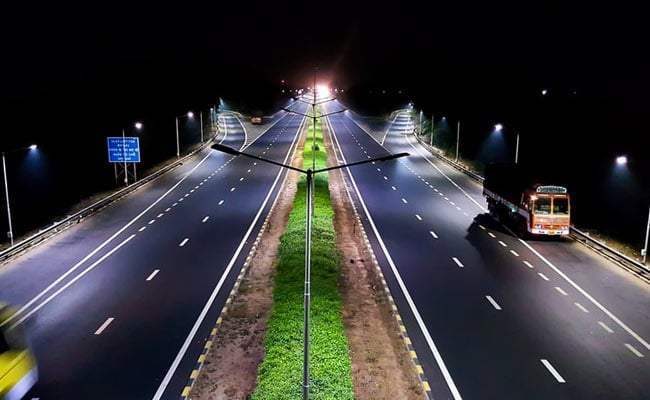

State election results, confidence booster for investors
According to data released by the National Statistical Office (NSO) on Wednesday, India’s economy grew 6.1 per cent in January-March (Q4) 2023. The GDP growth of the country was 4.4 per cent in the October-December (Q3) 2022.
Following are some of the excerpts of views from analysts and experts on the GDP numbers:
Saket Dalmia, President, PHD Chamber of Commerce and Industry
The calibrated approach of the government and RBI (Reserve Bank of India) is encouraging and we look forward that India remains an attractive destination for investors.
The growth of services, construction and electricity sectors is highly appreciable. We look forward that the growth of manufacturing also becoming strong in the coming times with the support of enhanced Ease of Doing Business, decriminalisation of minor offences and robust single window system across the states.
Dharmakirti Joshi, Chief Economist, CRISIL
GDP growth at 7.2 per cent for fiscal 2023 indicates the economy has done better than expected. Importantly, this growth comes on a higher base – due to upward revision of fiscal 2022 data.
Net trade was less of a drag in the fourth quarter and strong domestic services lifted the fourth-quarter growth to 6.1 per cent from 5.1 per cent implicit in Central Statistics Office (CSO)’s February estimate. Agriculture, too, surprised on the upside with 5.5 per cent growth in Q4.
We expect the economy to slow to 6% this fiscal due to spillover to exports from a slowing world and some impact of interest rate hikes on interest sensitive segments. Even at 6%, India will be the fastest-growing G-20 economy this fiscal. As for agriculture output and prices, the eyes are riveted on monsoon.
Niranjan Hiranandani, National Vice-Chairman, Naredco
India Inc hails GDP growth recorded at 6.1 per cent bolstered than anticipated under the global economic scenario. Indian economy has outpaced its global peers in context of capacity growth, enhanced Capex (capital expenditure) with an increase in capacity utilisation, resilient performance of core industries, impetus to the infrastructure development and geo-political harmonies. The underlying growth of India’s economy is pivotal and will bode well for boosting the confidence index domestically and internationally. Thus, we now anticipate some interest rate cut with slowing down inflation and give impetus to growth.
Anitha Rangan, Economist, Equirus India GDP
India FY23 GDP came in at 7.2 per cent, much higher than street estimate of sub-7 per cent and second advance estimate of 7 per cent, indicating that India growth despite external headwinds is going strong. GVA (gross value added) alongside came in at 7 per cent. From the industry side, the revision comes from better-than-expected agriculture output and mining and an upward revision in manufacturing with some revival in Q4 manufacturing, perhaps led by net exports showing some upside (lower oil, rupee weakness).
From the expenditure side, the upside is from private consumption and capex which are higher than estimate while government consumption is slower. Net exports was also better than expected. This is again a reflection of on-ground activities wherein domestic demand is resilient, and government continues to heavy lift the capex spending while government is trying to cap its revenue spending consciously to curtail fiscal deficit.
Overall, better-than-expected GDP data is again a testimony of India’s economic resilience when rest of the world is on a recession or slowdown path. While external headwinds continue to persist, India is likely to remain the shining star into this year and beyond.
Vivek Rathi, Director Research, Knight Frank India
Domestic investments as well has indicated some strength, as seen in 9.6 per cent growth in GCF. Growth in investments is crucial for a sustenance of long-term economic growth.
So far, the real estate sector has remained strong despite multiple headwinds arising from aggressive interest rate hikes and consumer inflation. This indicates the strong consumer preferences towards home ownership. Since real estate is a derived demand, a sustenance in the economic growth is beneficial to the sector.
Going forward, government initiatives such high allocation to infrastructure spending, and policies to promote domestic manufacturing such as PLIs should be supportive of India’s long-term economic growth.
India's coal imports fell by 7.9 per cent, totalling 243.62 million tonnes (MT), compared to…
At least 88 illegal Bangladeshi migrants have been traced and detained by teams of South…
Japan has accused China of conducting maritime scientific research without prior notification within its exclusive…
Indian businesses are aiming exports to the tune of USD 1 trillion in the current…
Border Security Force (BSF's) Assistant Commandant Neha Bhandari commanded a forward post along the International…
The French Ambassador for the Ocean and French President's Special Envoy for the United Nations…